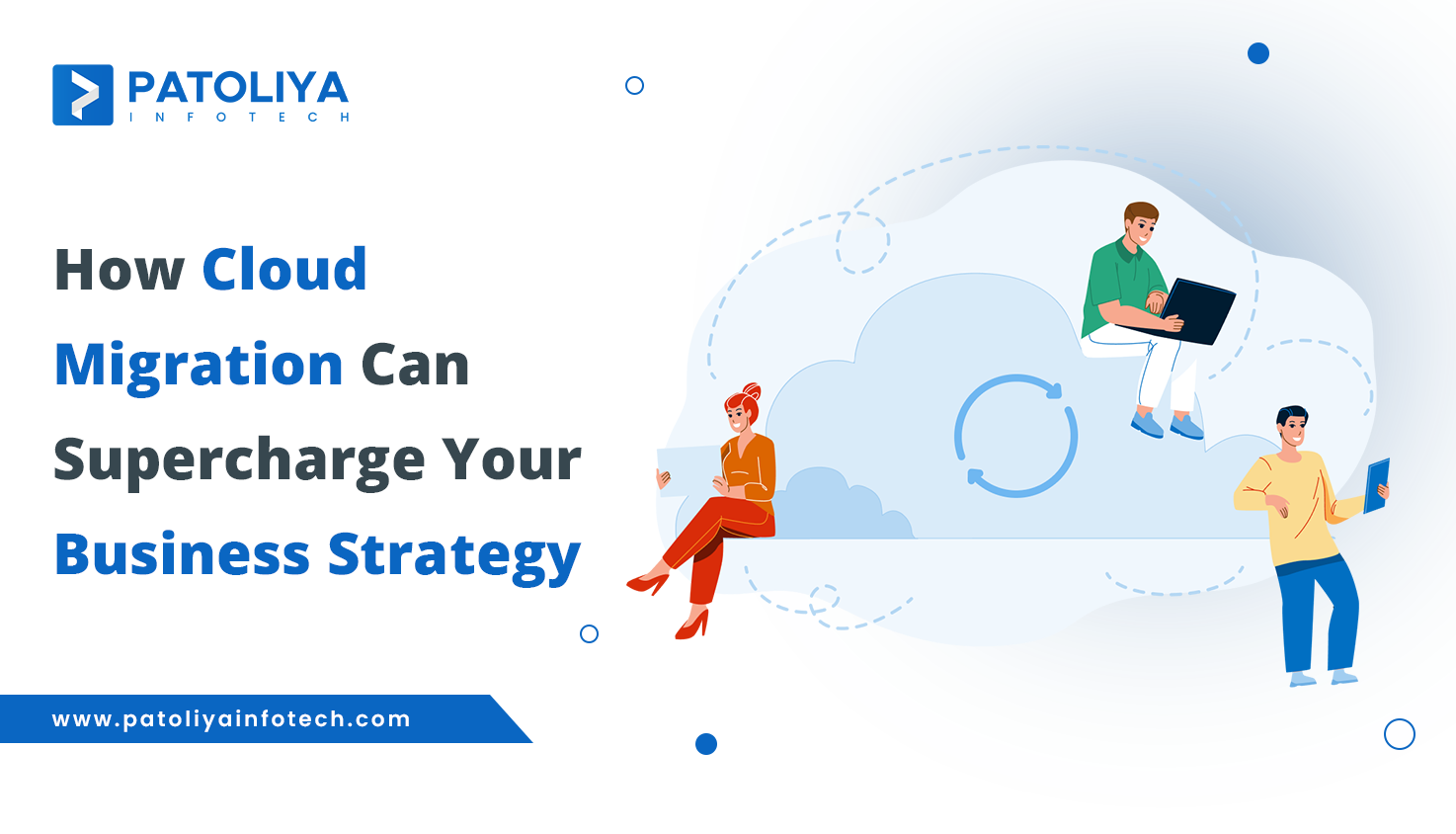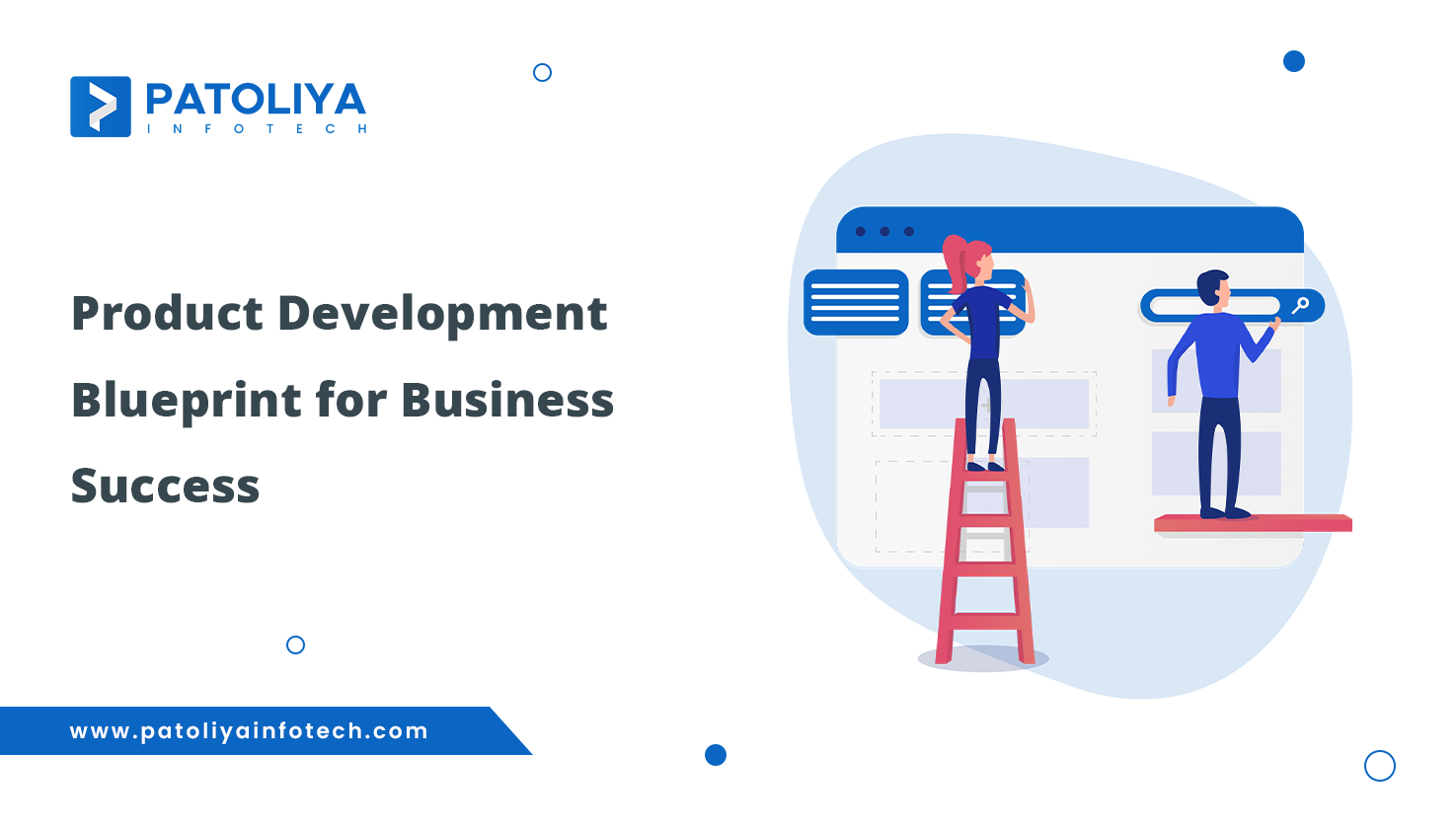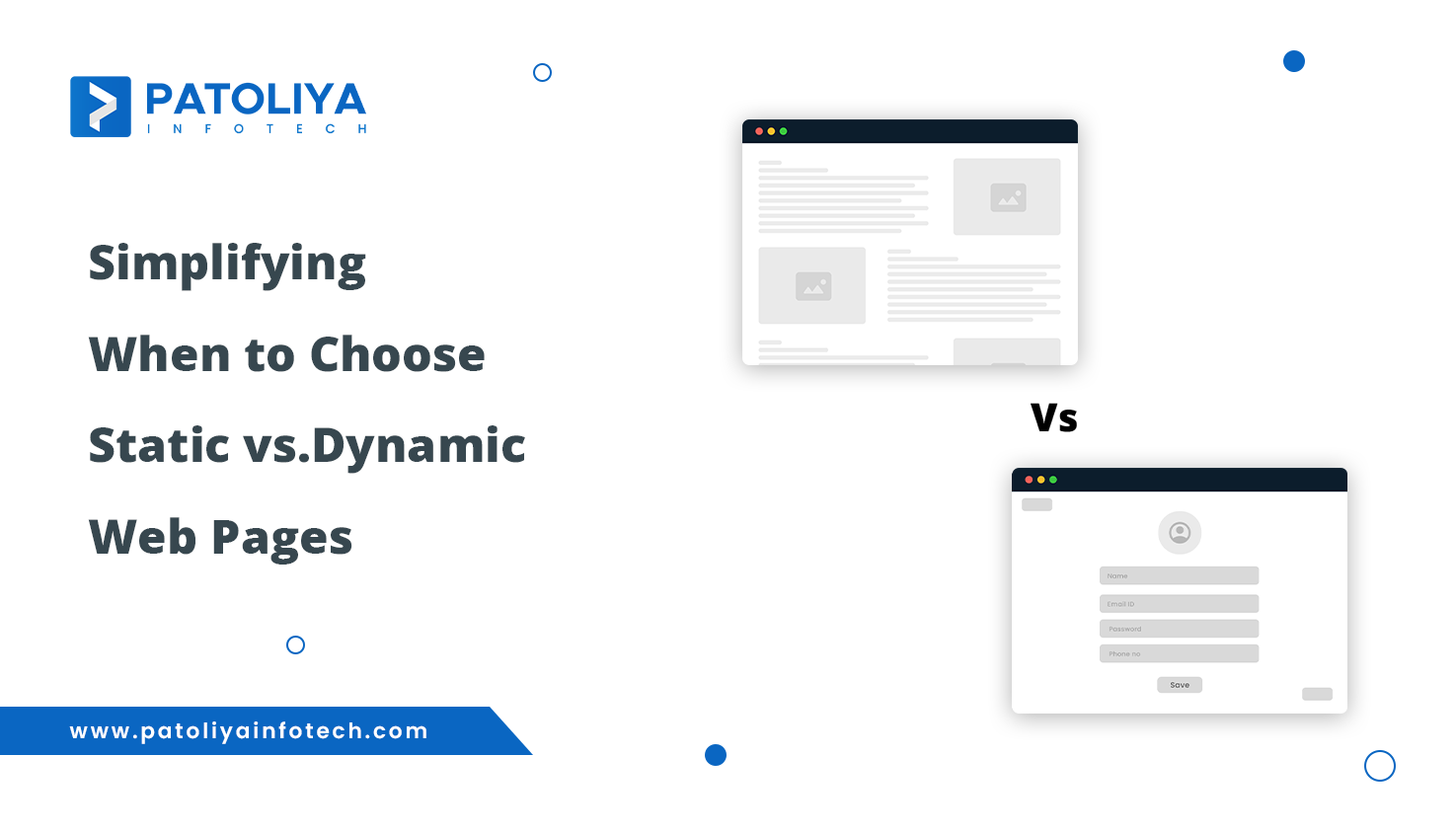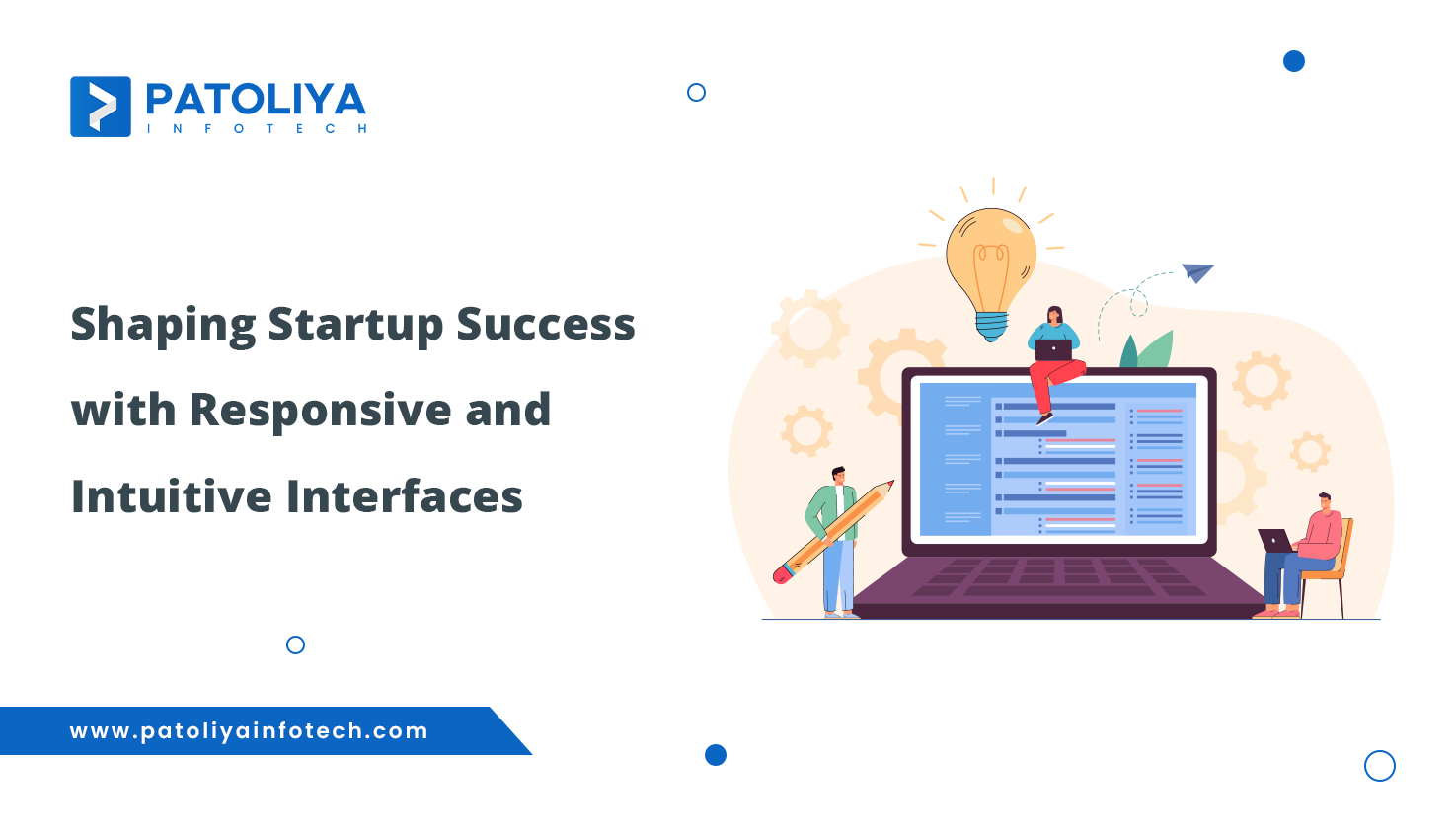How Cloud Migration Unlocks Supercharged Agility and Scalability

Businesses are increasingly using cloud migration to increase scalability, flexibility, and cost-efficiency in the ever-evolving digital ecosystem.
However, cloud migration can be a challenging process that needs to be carefully planned and carried out.
With the help of this guide, we'll walk you through the cloud migration process step-by-step so you can feel confident and accomplish your business objectives.
Charting Your Cloud Migration
It is imperative to have a migration strategy before embarking on your cloud journey. The groundwork for your entire journey is laid during this first phase.
Your company goals will become crystal evident at this moment.
In moving to the cloud, what goals do you have in mind? Would it be more scalable in the future to handle expansion? Enhanced capacity for catastrophe recovery? Perhaps IT infrastructure overhead expenses could be decreased.
Making decisions after identifying these goals will be guided by them.

Taking Stock of Your IT Landscape
Now that you have mapped out your migration approach, it's important to thoroughly evaluate your existing setup.
Performing a thorough inventory of your current infrastructure, data, and apps is part of this in-depth research.
Finding out if they are cloud-friendly is the aim. Here, carefully record each application's functionality, dependencies, and resource usage patterns.
Planning the migration procedure and choosing the best migration strategy for each task will be made much easier with the help of this information.
Architecting Your Cloud Sanctuary
Now that you have a solid grasp of your on-premises setup, you can start creating your custom cloud architecture.
In this stage, you will carefully define your cloud environment's goal state.
This is where you'll make important choices about the cloud migration services that your selected CSP offers.
Software as a Service (SaaS), Platform as a Service (PaaS), and Infrastructure as a Service (IaaS) are a few examples of these services.
Each meets particular needs and provides benefits of its own. And you'll also need to choose the best deployment model.
Are you going to use a hybrid approach that mixes both public and private clouds or just one of them?
Carefully designed architecture is necessary to guarantee security, scalability, and adherence to industry standards.
Executing the Migration
It's now time to start the real workload migration after your cloud architecture has been carefully planned.
The particular methodology utilized for every task will be determined by the migration plan that is selected. Here are a few widely utilized techniques:

- Re-hosting: This "lift and shift" approach involves simply transferring your existing applications and data to the cloud with minimal modifications. It's a quick and easy option but may not fully leverage the cloud's potential.
- Re-platforming: Here, you migrate your applications to the cloud while making minor modifications to leverage cloud-native features and functionalities. This approach offers a balance between ease of migration and improved performance.
- Refactoring: This involves a more substantial transformation of your applications to fully exploit the cloud's capabilities. This method unlocks the most significant performance and cost benefits but requires more development effort.
- Rebuilding: In certain cases, it might be more efficient to rebuild applications entirely using cloud-native technologies and architectures. This offers the most optimal performance and scalability but requires significant development resources.
Thoroughly testing your migration plan before implementation is essential. This assists in locating and resolving any possible problems that can result in interruptions.
Keep a close eye on the migration process to make sure everything goes smoothly and to reduce any downtime for your company's activities.
How to select the ideal IT solution provider company Check 13 things right now.
Optimization and Security
It's critical to concentrate on security and optimization after your workloads are comfortably hosted in the cloud. You can avoid paying for services you don't use by optimizing your cloud resources.
Examine trends in resource usage and appropriately scale your cloud instances to optimize financial effectiveness.
To protect your data and apps from online attacks, you need also to put strong security best practices into effect.
For your priceless company assets, create a safe environment by configuring access controls and utilizing cloud-native security capabilities.
Wrap Up
Cloud migration is a transformative process rather than a checklist item.
See it as a well-planned and executed journey that will take you to a digital frontier full of opportunities.
This adventure opens up a wealth of advantages for your company, including cost-efficiency to free up resources for innovation, agility to adjust to shifting markets, and scalability to handle future expansion.
The process involves meticulous preparation, a thorough analysis of your existing setup, and the development of a custom cloud architecture that meets your requirements.
However, how it is carried out is the real test. Every task you complete—whether it's quickly re-hosted or carefully refactored—becomes a step in your journey.
Remember, when you settle into your cloud sanctuary, that this is just the beginning.
The cloud is a dynamic ecosystem that constantly brings in new technologies and opportunities. Utilize robust security measures to safeguard your data and optimize resource use.
The investigation of cloud computing is a continuous process that fosters innovation and steers your business toward a more auspicious digital future.


